It does look like a Japanese stilt grass. Japanese stiltgrass was introduced into the United States in Tennessee around 1919 and likely escaped as a result of its use as a packing material for porcelain.
It is highly invasive. Organic methods aren’t really viable for this plant. Spray with round-up or other herbicide. It will take a few treatments because new seedlings will continue to appear. You may want to spray the perimeter area as well to get any smaller seedlings. Seed can live as long as 30 years so it is important to kill all the seedlings you find.
Stiltgrass is currently established in 16 eastern states, from New York to Florida. It occurs on stream banks, river bluffs, floodplains, emergent and forested wetlands, moist woodlands, early successional fields, uplands, thickets, roadside ditches, and gas and power-line corridors. It can be found in full sun to deep shaded forest conditions and is associated with moist, rich soils that are acidic, neutral or basic and high in nitrogen.
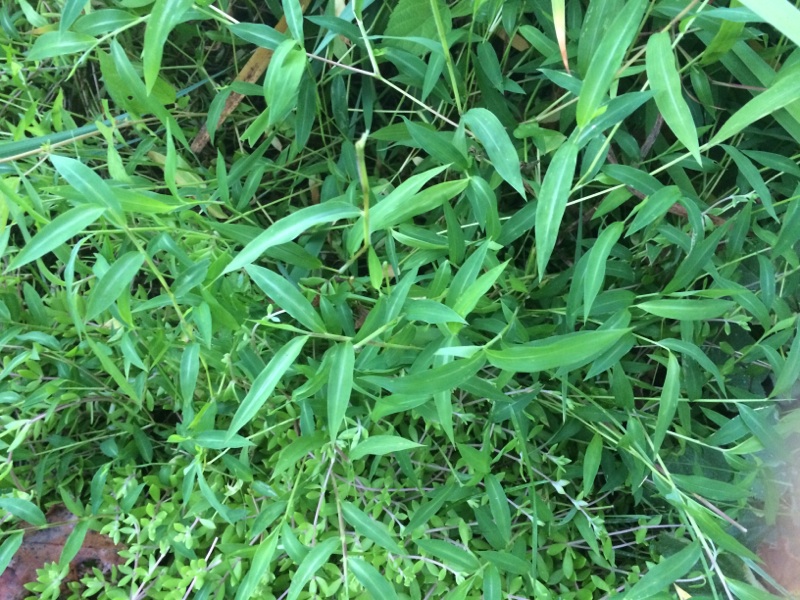
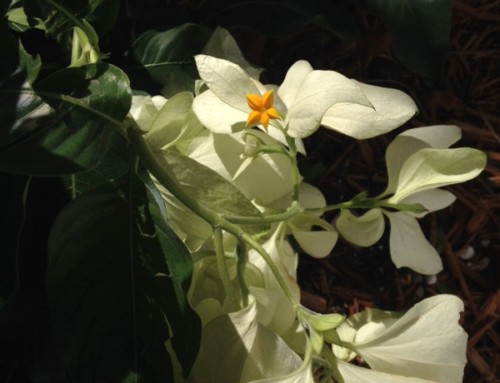
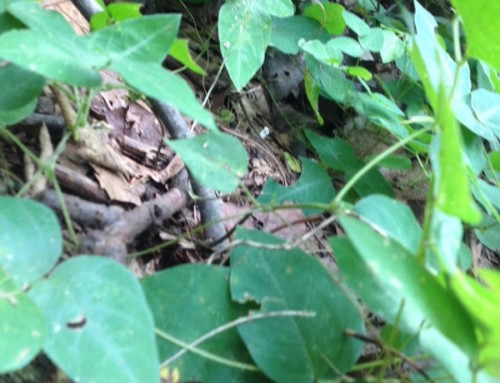
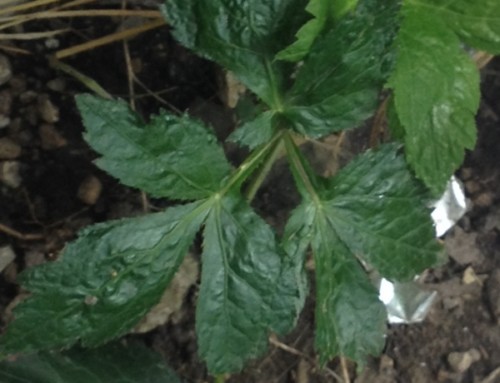
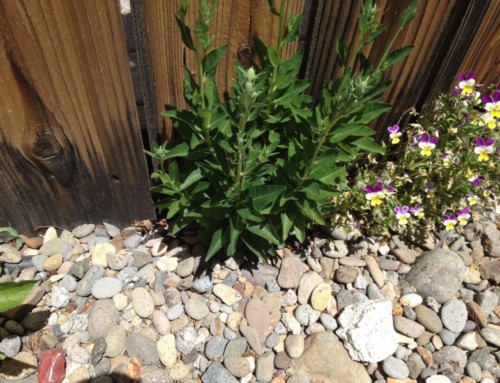
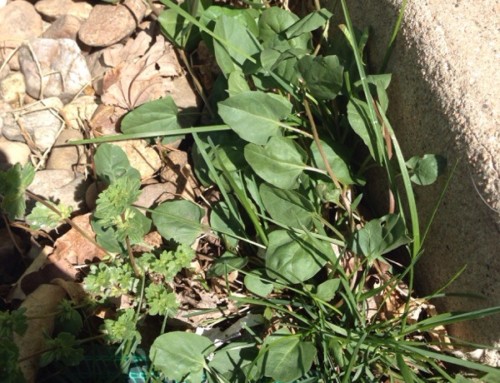
Leave A Comment